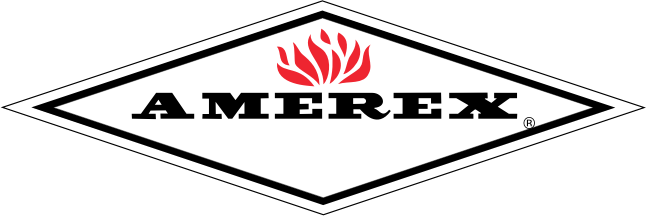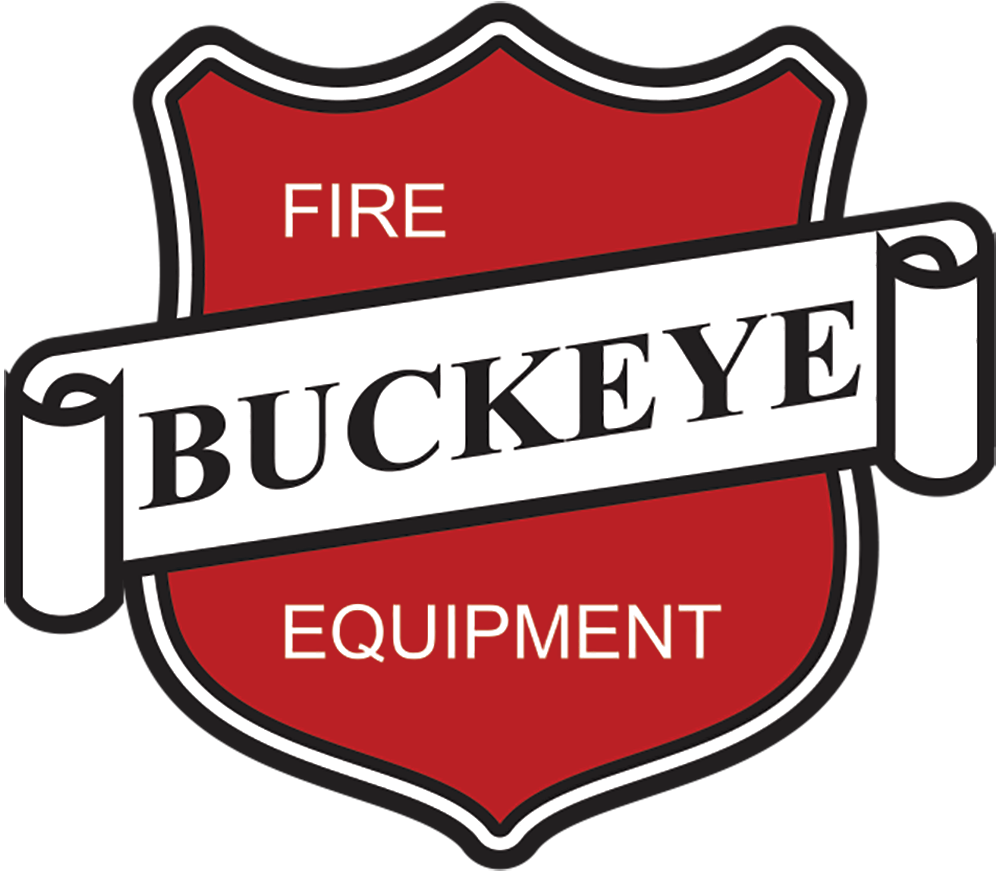Purchasing fire extinguishers is a great way to protect your employees from fire emergencies in your workplace. However, storing them strategically and optimizing access is essential to ensure they can effectively prevent disasters.
By positioning and mounting them properly, your fire extinguishers perform as needed in the case of a fire. This comprehensive guide highlights the best practices for fire extinguisher storage and access so you can safeguard your people and your business’s assets.
Keep Extinguishers Within the Maximum Distance
Quick access to an extinguisher can mean the difference between controlling a small flame and watching it escalate beyond control. National Fire Protection Association codes recommend storing Class A extinguishers in areas where no one has to travel more than 75 feet to reach one. Some Class B extinguishers have even stricter requirements, with a typical recommendation of no more than 30 feet between extinguishers.
Mapping out your facility according to hazard type establishes a network of protection devices that are always within reach. Examine every floor plan carefully, accounting for physical obstructions or high-hazard areas like kitchens, mechanical rooms, or workshops. You can also consult with a qualified fire protection professional to reduce gaps in coverage and ensure you maintain proper compliance.
Ensure Fire Extinguishers Are Visible
Another important best practice for fire extinguisher storage and access is to ensure they are visible to your employees. They should be able to locate them quickly without searching, moving objects, or opening cabinets. Any delay caused by poor visibility costs precious seconds during an emergency, making high-visibility storage solutions a necessity.
Placing signs above extinguishers helps employees spot them across large spaces. Standardized signs use symbols, colors, and universally understood messages, regardless of language barriers.
You should avoid storing extinguishers in locations hidden behind doors, equipment, or decorative elements such as plants and artwork. Open sightlines across hallways, break rooms, lobbies, and common work areas keep extinguishers at the top of the employees’ minds and improve response times. By making them visible, you will improve your workplace’s ability to prevent fires from spreading.
Install Them Along Escape Routes

Placing fire extinguishers along escape paths improves your employees’ levels of safety. When fires block escape routes, your workers will find the extinguishers incredibly useful.
For example, if your associates find a blaze preventing them from fully evacuating your building, they can grab the extinguisher and put it out. After eliminating the fire, they can exit your facility and seek assistance from paramedics and firefighters.
Hang Them at a Sufficient Height
When mounting a fire extinguisher, place it at the appropriate distance from the ground. Those weighing 40 pounds should hang between four inches and five feet from the ground.
The five-foot distance will prevent children from grabbing and playing with the fire extinguisher. However, it will also ensure that all adults can remove extinguishers from hangers without strain, reducing the risk of injury in an emergency. For extinguishers exceeding 40 pounds, hang them no more than three feet and six inches from the ground.
Maintain the Proper Temperatures
You should also not ignore temperature requirements when storing fire extinguishers. Certain extreme temperatures make these devices unreliable or inoperable. Try to keep your extinguishers stored between -40 degrees Fahrenheit and 120 degrees Fahrenheit so that they perform as needed in the case of an emergency.
You should also avoid exposing extinguishers to direct sunlight, which can affect the solution inside your extinguishers and increase their pressure. Sunlight exposure also damages components and makes their labels fade, making them hard to read.
Don't Place Them Next to Fire Sources
Many accidents occur due to improper extinguisher placement. Although keeping extinguishers near fire hazards seems logical, this positioning can have deadly consequences if flames block your access to them. Avoid storing them beside stoves, furnaces, or other ignition sources.
Instead, install extinguishers in high-risk areas, such as kitchens, but ensure they are a safe distance from fire sources. By keeping some distance between ignition points and extinguishers, employees or guests have a safer pathway to retrieve the device and address early flames without putting themselves at unnecessary risk.
Proper distancing applies to all fire hazards, including those related to flammable liquids or chemical stations. Map access paths during risk assessments to confirm that you and your employees can reach extinguishers even if the primary ignition area becomes engulfed.
Regular training helps employees recognize why placement matters and what to do if a fire blocks access to the nearest device. Share your floor plan with local fire inspectors to identify vulnerabilities and update arrangements whenever operational changes affect hazard locations.
Maintain Your Fire Extinguishers

One last important best practice is to maintain your fire extinguishers properly so they stay functional during emergencies. Check all fire extinguishers on-site monthly to confirm they are in proper working condition.
During these inspections, verify that the extinguishers do not have any signs of leaks and ensure safety pins and seals are intact. Routine inspections are the first line of defense in preventing equipment failure in the case of emergencies.
Annual professional servicing is essential to maintain compliance with fire safety regulations and standards. Certified technicians can perform thorough tests and maintenance procedures, such as pressure testing and internal inspections, to identify hidden defects.
Beyond physical upkeep, maintaining proper records of all inspections and servicing ensures accountability and readiness. Develop a maintenance log detailing each unit's date, findings, and corrective actions.
This documentation should be readily available during audits or inspections conducted by safety authorities. By prioritizing maintenance and record-keeping, organizations can trust that their fire extinguishers will be reliable tools in mitigating risks and protecting lives during critical moments.
Keep Your Fire Extinguishers Reliable
By following safe storage practices and keeping your fire extinguishers accessible, you can ensure they protect your property, personnel, and reputation. These best practices also allow businesses to maintain compliance, minimize liability, and foster a culture of vigilance in every workspace.
Hedrick Fire Protection can help you safeguard your business with its fire extinguisher services in San Diego. Contact us today about repairing or testing your extinguisher so it remains a key part of your fire protection system.



